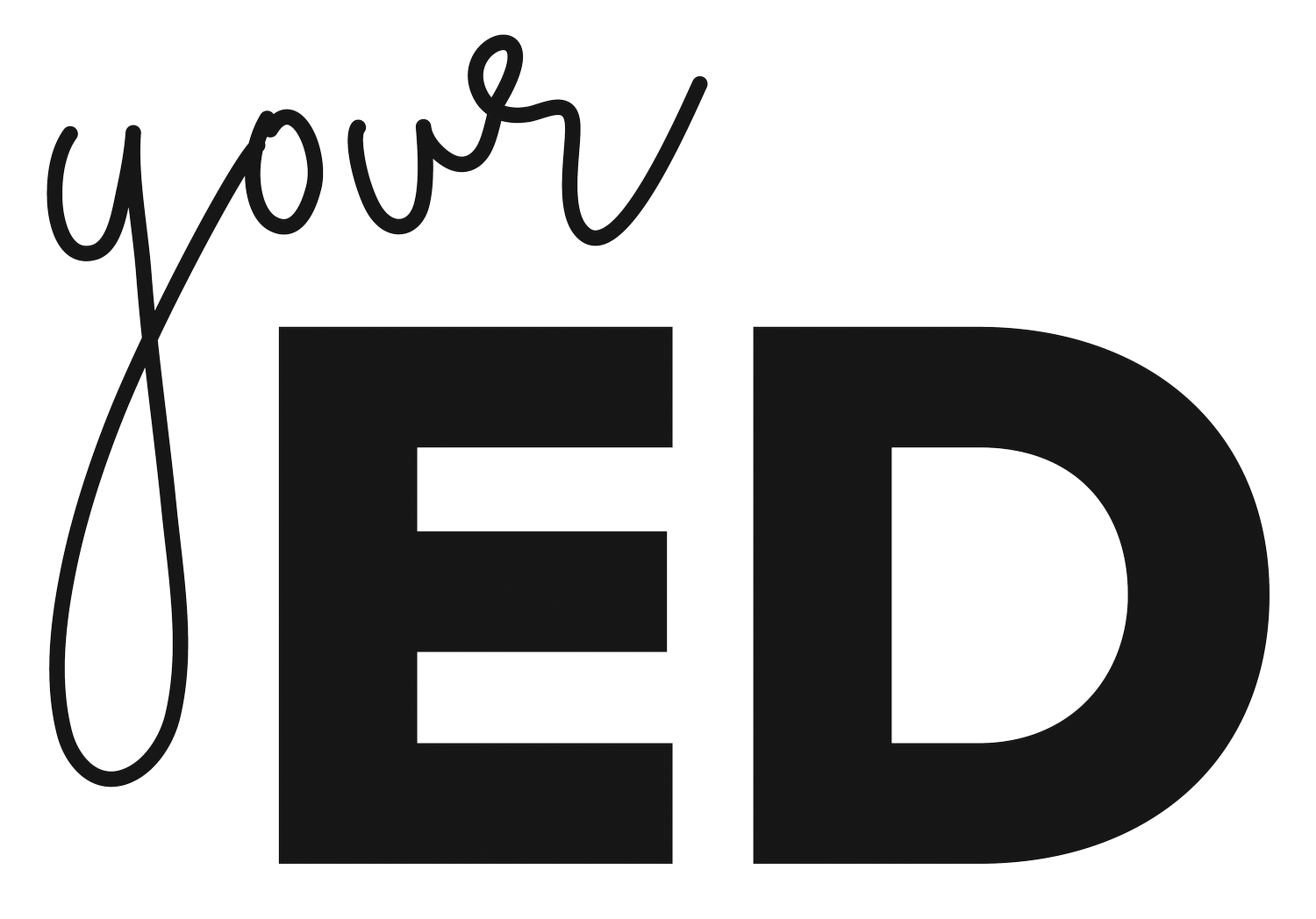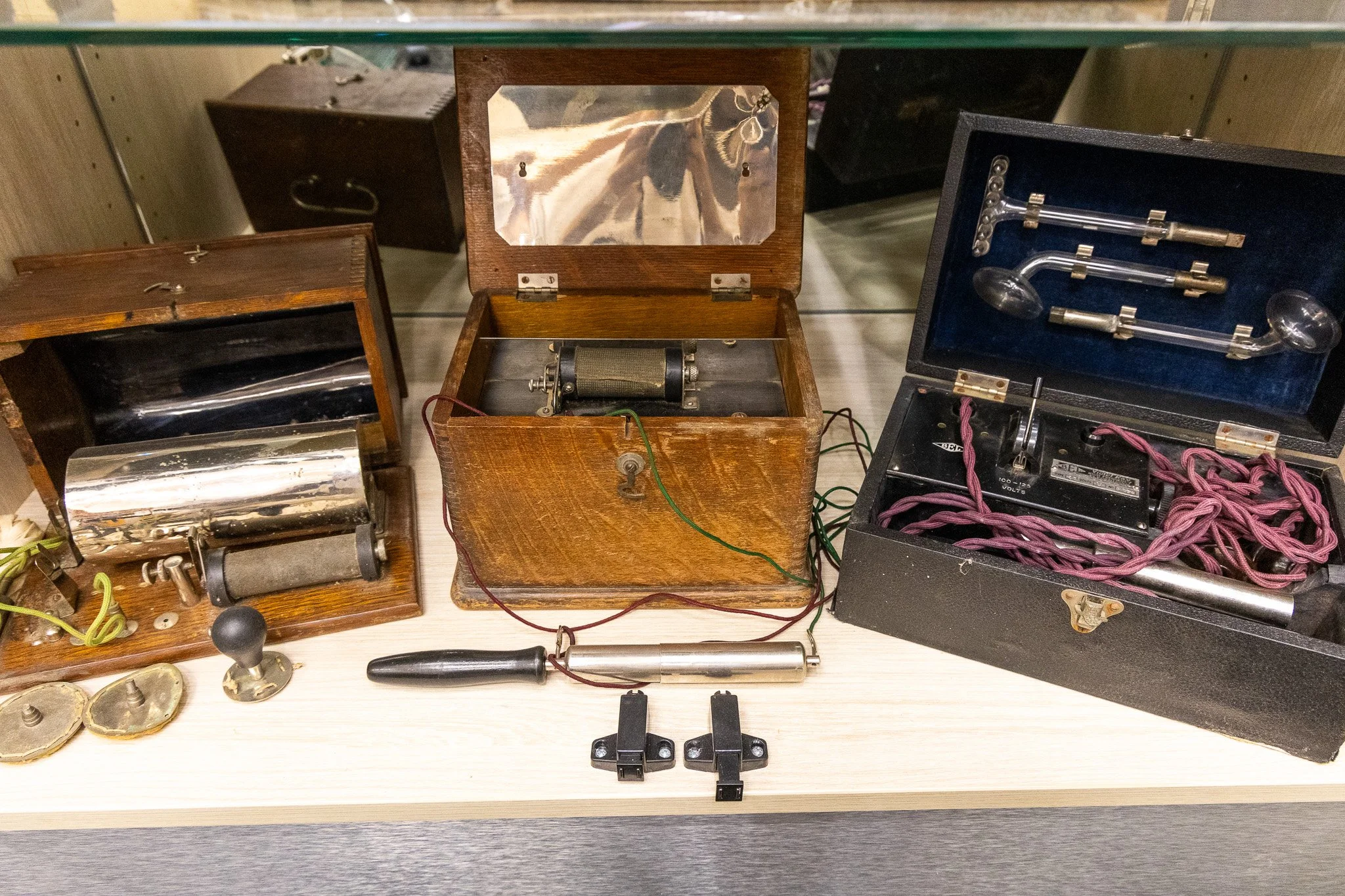How collecting stories of the past helps us appreciate the present
It all began with a brown leather doctor’s bag.
Retired FACEM Dr David Taylor was undertaking a three-year stint (1985-1987) as a volunteer at St Mary’s Hospital in New Britain, Papua New Guinea (PNG) when he saw it.
““With their permission, I found all sorts of weird and wonderful objects lurking in various shelves and cupboards and drawers.””
“I was contacted by a couple of pharmacists who were in Rabaul, which was the nearest town about 20 minutes away, and they invited me to come in and see them because they said they had something that I might be interested in,” he says.
“I looked at it and thought, ‘This is just so lovely’ and I gratefully accepted. There were all these wonderful compartments, like a little trap door you could slide out to access this sterilising bath, with spirit burners underneath it to sterilise instruments.”
Today, that bag’s patina tells a story that David is happy to share with others, with the piece at the heart of a large collection of historical medical equipment he donated to ACEM in 2019.
With no official inventory completed, David doesn’t know exactly how many items are in the display cabinet in ACEM’s Jeffcott Street meeting room but he suspects it is in the hundreds.
It was during his time in PNG that his passion for preserving elements of medical history grew. What began with just one gifted bag sparked the foundations of a collection that saw David amass an assortment of cumbersome cabinetry and terrifying-looking tools that highlighted how far medical expertise and technology has come.
In the PNG hospital, David says opening drawers or peeping into high cupboard shelves typically revealed a stockpile of forgotten antique items – including everything from vintage bandages still in their packaging and old-school metal splints.
“I spoke with some of the senior nursing staff and said, ‘Do you want any of these things that are tucked away? Because I find them really interesting’.”
““In some places, right in the middle of the corn fields, you’d come across a little town with about five houses and about five antique warehouses, which were these run-down sheds covered in cobwebs – and we’d find amazing things.””
“They obviously had not been using them for years and years, and with their permission, I found all sorts of weird and wonderful objects lurking in various shelves and cupboards and drawers.
“I’d keep saying, ‘Can I have this?” and they’d always say, ‘Yes, no problem’. Then things ramped up and it went from them telling me I could take things I found to them finding things for me. I had a big mailbox, about 40cm by 70cm, which held all the letters, so I’d come in before lunchtime sometimes to check the mail and instead I’d find an antique set of syringes or various old drug phials. It grew from there.”
A few years later, when he was in the United States with his wife, the couple explored their shared interest in collecting antique objects, with David focused on his quest for old medical instruments and associated items, and pharmacist Simone stitching together her own unique collection, including “these beautiful old porcelain pharmacy bottles”.
“She was doing a doctorate of pharmacy over there, so not making any money and I was doing a research fellowship and was only doing clinical work about one-third of the time. So I wasn’t making much money either, but we had a little Ford Escort and on weekends and holidays, we’d jump in the car to travel around the place,” he says.
“They had a lot of antique warehouses in Pennsylvania where we were, and we’d also head to Ohio and West Virginia – we explored so many places. In some places, right in the middle of the corn fields, you’d come across a little town with about five houses and about five antique warehouses, which were these run-down sheds covered in cobwebs – and we’d find amazing things.”
Those discoveries included stumbling upon a retired pharmacist in Pittsburgh who had gathered his own impressive collection of historical medical artefacts that he was now selling off, piece by piece.
“We certainly didn’t have much money at the time but we were able to get three or four very lovely things,” David says. “He was a wonderful old man.”
Making room for history
When it was time to return to Australia, David says the couple’s collection had grown enormously – a reality that created a hefty freight bill.
“We went over there with two suitcases each and we came back with 51 large boxes all packed up. It wasn’t all antique stuff – some of it was personal stuff we’d accrued – but we were committed by then, so we wanted it all to come home with us.”
They had both hoped to continue their antique-fossicking adventures on home soil, but David says the reality proved challenging.
“We quickly realised that Australia didn’t have the long medical history or the population to have the same level of old medical antiques,” he says.
After finding a mahogany cabinet in need of repair in a Geelong antique shop, the couple had it professionally restored and it took pride of place in their study, with its 20 drawers and various shelves creating the ideal home for the collection.
“I’d go in there periodically and have a look, and if medical colleague friends visited they were always interested, but I realised the greatest pleasure I got from collecting it all was the thrill of the hunt to find the items. When they were just sitting there in my own home all the time, I wasn’t enjoying them as much.”
David says the obvious place for him to donate the collection was to the College.
“I spoke with Peter White, who was the CEO at the time, and he was very happy to house it. He organised ordering a purpose-built cabinet to fit it all.”
One large piece of equipment sits beside the display cabinet.
“It’s an electrical cautery machine. You use it to seal bleeding vessels with electric current. These days the machines are tiny and very sophisticated. This one is huge – lots of different wires and bits and pieces and the foot pedal and the manuals are in the drawers with all the instructions,” David says.
Craftsmanship and cunning
It’s hard to pick favourites, he says, but his fascination with the collection of needles is hard to hide.
David points to the gleaming metal and is intrigued by the idea that the reusable needles would have to be sharpened again and again to be used in scores of people.
“Can you imagine?”
He also says he loves the old ECG machine in its “beautiful” timber box.
““These days you’ve got GPs and emergency physicians and obstetricians. Back then, these people did everything.””
“I nearly fell over backwards when I saw this, in the country in Pennsylvania. It’s even got some of the old ECG paper. These days they are so sophisticated. This is so heavy.”
He says some of his passion for the old objects is motivated by his interest in engineering, and he marvels at the flawless mechanics of old glass syringes that were hand-crafted.
That the curation of each object is linked to a memory of his professional career, or his personal travels with his wife, adds a deeper sense of appreciation for the collection.
There’s the small wooden stethoscope, now sitting on the cabinet’s bottom shelf, that was given to him by a family pharmacist friend in Warrnambool. Or the anaesthetic masks that remind him of how tough life as a medical professional must have been.
““Medicine has advanced so much since doctors and nurses developed their skills with instruments like this.””
“You’d open up the mask, put some calico or other material, then you would drip ether onto that material and the patient would breathe through that ether-impregnated mask. The patient would vomit. They’d get crook. Some of them would die. During an operation, it wasn’t just the patient getting the fumes – it was the nursing staff and the doctors too. They would all be stinking with ether.”
From crude beginnings to technological advances
With his donated collection held at ACEM, David says the mahogany cabinet is still at home, but now it houses seashells that are mementos from various diving trips.
“I pull out a drawer at the bottom and show young visitors the shells. It’s a bit more fun than opening a drawer and saying, ‘Here, would you like a 100-year-old scalpel?’.”
When he thinks about the men and women who used the equipment and tools now on display at ACEM’s offices, David says he imagines what they had to contend with every day as “pretty horrific, to be honest”.
“A lot of the stuff was really crude – but it’s all they had. I have immense respect for these people. These days you’ve got GPs and emergency physicians and obstetricians. Back then, these people did everything,” he says.
“They would get called to a house in the middle of the night to deliver a baby or deal with a retained placenta or look after someone who had a severe asthma attack, or someone who had been kicked in the head by a horse.
“They got confronted by so many different circumstances and I am sure they often must have been frustrated that they didn’t have the facilities and abilities to help them keep their patients alive.”
When visitors to ACEM Melbourne see the collection he donated, David says, “I’d like them to wander through, have a look, and think about what’s gone before them”.
“It’s important for us to not only think of the history of the individual instruments.
“The College has its own proud history since 1983, and you feel that when you walk down the hall and see the portraits of all those presidents. Medicine has advanced so much since doctors and nurses developed their skills with instruments like this.”












